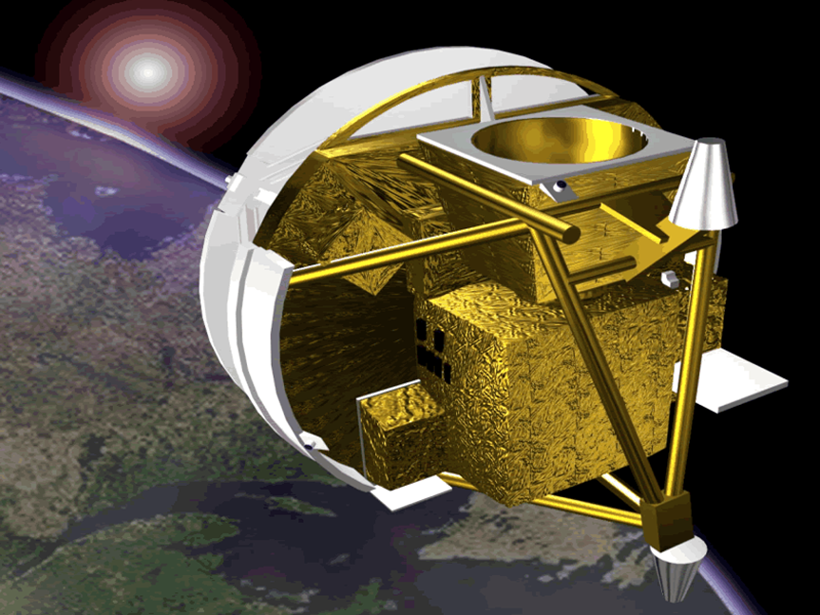Source: Geophysical Research Letters
Nitrous oxide (N2O) is a double-edged sword. Whereas the World Health Organization lists the compound as an essential medicine for its anesthetic properties, it is also a greenhouse gas nearly 300 times more potent than carbon dioxide as well as the stratosphere’s greatest ozone-depleting substance.
Because nitrous oxide has both natural and anthropogenic sources, pinpointing its origin and understanding how this gas circulates through the atmosphere are crucial steps for reducing its climatic and environmental impacts. Although isotopic variants of nitrous oxide can be used to trace its flow through the atmosphere, scientists have been unable to fully harness these tools due to the severe constraints imposed by having to collect data from aircraft and high-altitude balloons.
For the first time, Bernath et al. have measured near-global distributions of three isotopic derivatives of nitrous oxide in the upper troposphere and the stratosphere using infrared remote sensing data collected by the Atmospheric Chemistry Experiment (ACE) aboard the Canadian SCISAT satellite. The results, which span the period 2004–2013, show that ultraviolet photolysis increases the relative abundances of the heavier nitrous oxide molecules at higher altitudes and toward both poles.
These observations agree with the researchers’ Whole Atmosphere Community Climate Model predictions, which suggest that the observed distributions of isotopic nitrous oxide are due to seasonally increased sunlight over the poles. The extra light enriches the heaviest isotopes during each hemisphere’s summer and autumn seasons.
In addition to representing a valuable technological advance, these results have important implications for improving models of atmospheric circulation, understanding seasonal oscillations in the stratosphere, and quantifying the various nitrous oxide sources, including production by high-energy particle bombardment in the upper atmosphere. (Geophysical Research Letters, https://doi.org/10.1002/2017GL075122, 2017)
—Terri Cook, Freelance Writer
Citation:
Cook, T. (2018), First near-global measurements of isotopic nitrous oxide, Eos, 99, https://doi.org/10.1029/2018EO090029. Published on 31 January 2018.
Text © 2018. The authors. CC BY-NC-ND 3.0
Except where otherwise noted, images are subject to copyright. Any reuse without express permission from the copyright owner is prohibited.

